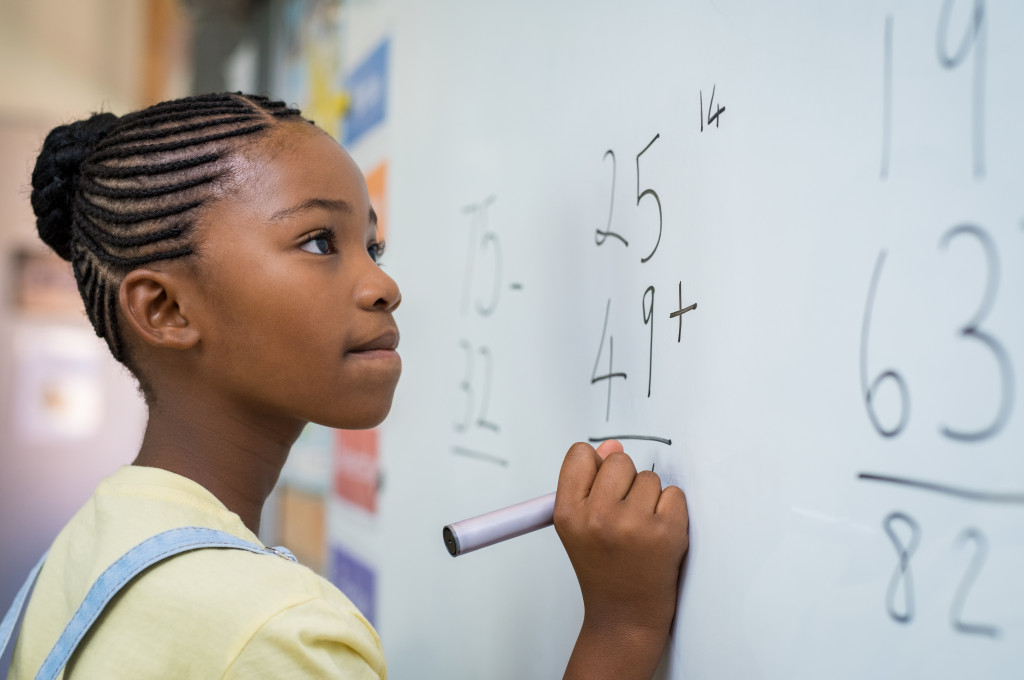It does not come as a surprise that students have experienced learning gaps during the pandemic. The shift to remote learning from face-to-face classes has come with unprecedented challenges in keeping lessons productive and engaging in the absence of physical meetings.
One particular challenge educators face is the learning loss for mathematics. Math has proven to be more difficult to teach remotely than reading subjects, considering the learning barriers posed by remote instruction and how parents are often not as equipped to teach it at home than other subjects. Mathematics anxiety also poses another issue in children’s learning.
To effectively address the concerns that have cropped up due to the pandemic, students require relevant support starting from preschool programs and as they grow up. Technology offers creative solutions to these struggles.
Tools to Improve Math Learning at Home
Taking advantage of the latest technologies helps children overcome learning gaps in math. These are some tools that both educators and parents should use to assist students.
1. Open Task Worksheets
Open math tasks are problems that have more than one answer. These kinds of questions allow students to develop a deeper conceptual understanding of mathematics, which is difficult to highlight when lessons are not face to face.
Websites such as Open Middle have pre-made problems for various topics from first grade until high school. They also offer content in slides versions so that teachers can easily present them to students during lessons.
Would You Rather Math, another resource, takes a different approach. Instead of solving problems, students are encouraged to discuss preferences with each other while providing Math-based reasons for their choices. This creative take allows students to see how much mathematics pervades real-life situations and how practical a grasp of it is.
2. Online Math Games
Since keeping the attention of young learners is one of the biggest hurdles to effective distance learning, cater to their interests by introducing math games that are both visually appealing and educational. There are many free resources online that cover different topics, which teachers can assign students to do as homework.
Parents can also download educational math apps on their phones or tablets to support what they are learning in class. The enjoyment that comes with playing these games alleviates the math anxiety they could have about the subject.

3. Interactive Visual Aids
Dealing solely with math concepts is not helpful to students, especially young children. Learning is most productive when different parts of the brain are stimulated throughout the lesson. When a teacher uses visual aids to explain math to children, it helps improve their performance while also building their creative capabilities.
For instance, fractions become much easier to present when a teacher uses visual representations. When students understand how a pie can be evenly separated into specific parts, it grows their conceptual understanding of fractions and division.
Teachers can use free online tools with pre-made slides and worksheets to support visual learning. But Canva and similar platforms have also made it easier for teachers to create interactive visuals that students can answer together during class hours.
4. Remote Tutoring
The learning loss caused by the pandemic and the stress and anxiety the virus has brought on have made it harder for students to catch up to the demands of mathematics classes. Tutoring allows teachers to focus on the particular struggles encountered by a student through various exercises and instruction.
Despite the COVID-19 situation, tutoring is still possible remotely. Younger students are known to benefit more from these sessions, which can be traced to the positive impacts of repetition for early learners. However, math tutoring, in particular, is beneficial to students in the later elementary stages.
5. Math Guides for Parents
Parents now have a more central role in students’ education, thanks to distance learning. This means that many guardians have had the need to review certain concepts, especially in mathematics.
Resources such as those provided by the Math Learning Center offer family activities, practice pages, and even games to assist parents struggling to teach math to their kids. The platform covers resources for preschool to early elementary, and everything is available to use, free of charge.
The learning challenges caused by the sudden onslaught of the pandemic have put more pressure on young learners to grasp lessons with fewer activities and time. The goal of schools should not be to cover as many topics as they can within a specific period. Both teachers and students will benefit from instructing at a slower pace that allows kids to digest lessons and adjust to the technology they need.



